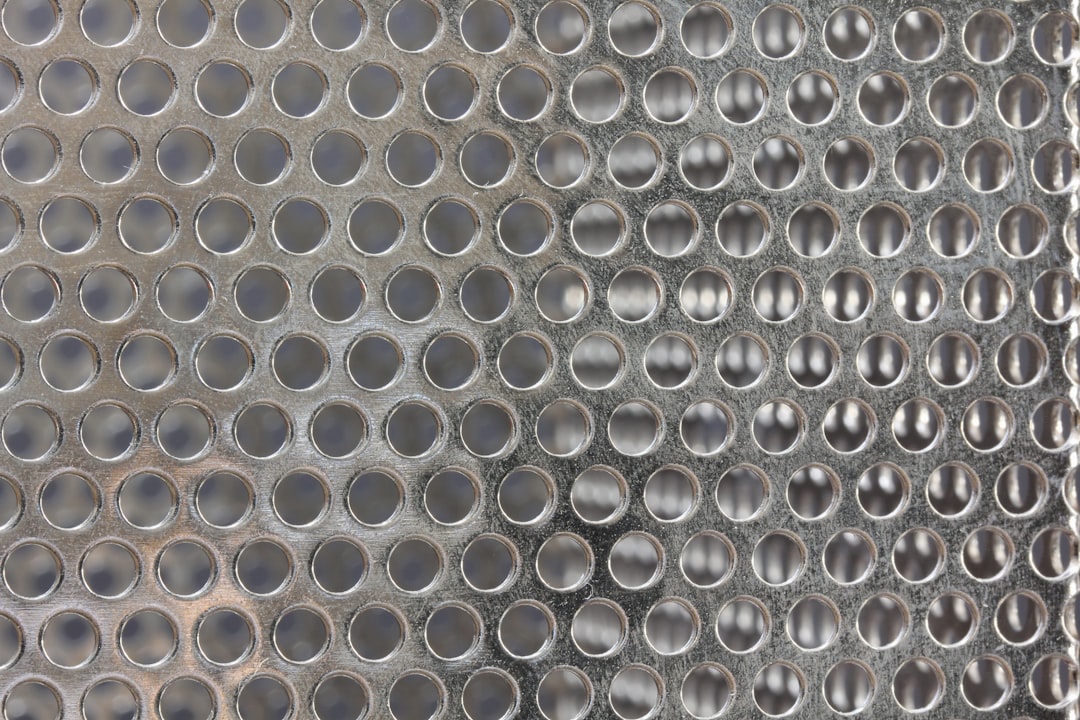What is it about?
The phenomena of settlement and wear of the ballast under dynamic stresses lead to high frequencies and high maintenance costs on high speed railway lines. Studies have shown that these settlements are linked to high accelerations produced in the ballast by the passage of high-speed trains (HST). A layer of asphalt concrete (GB) was introduced under the ballast layer on the high-speed line Bretagne-Pays de Loire (BPL HSL). It is intended, among other things, to reduce the amplitude of accelerations produced at the passage of the HST, and thus improve the durability of the track. The BPL HSL spans 105 km with a sub-layer of asphalt concrete under the ballast and 77 km with a granular sublayer (UGM). To evaluate the performance of the structures with bituminous sublayer, and to compare it with traditional structures, with granular sublayer, 4 track sections have been instrumented during construction.
Featured Image

Photo by eberhard grossgasteiger on Unsplash
Why is it important?
This article presents the different sensors of the instrumentation as well as the acquisition system installed to collect measurements. The focus, in this study, concerns the temperature, water content and vertical settlement measurements made on the instrumented sections. Temperature variations recorded during two years on the railway structure with a bituminous sublayer were analyzed and compared to those measured on a classical bituminous pavement. Influence of the bituminous layer on water infiltration and track settlements has also been studied.
Perspectives
To complete the results presented here, which were mainly focused on the evaluation of climatic effects, and long term settlements, studies are also underway to evaluate the effect of the bituminous sublayer on dynamic track response (accelerations and strains under train loading)
Diana Khairallah
Read the Original
This page is a summary of: Influence of the Bituminous Layer on Temperature and Water Infiltration in Railway Structures of the Bretagne–Pays de la Loire High-Speed Line, Journal of Testing and Evaluation, November 2019, ASTM International,
DOI: 10.1520/jte20180894.
You can read the full text:
Resources
Contributors
The following have contributed to this page










